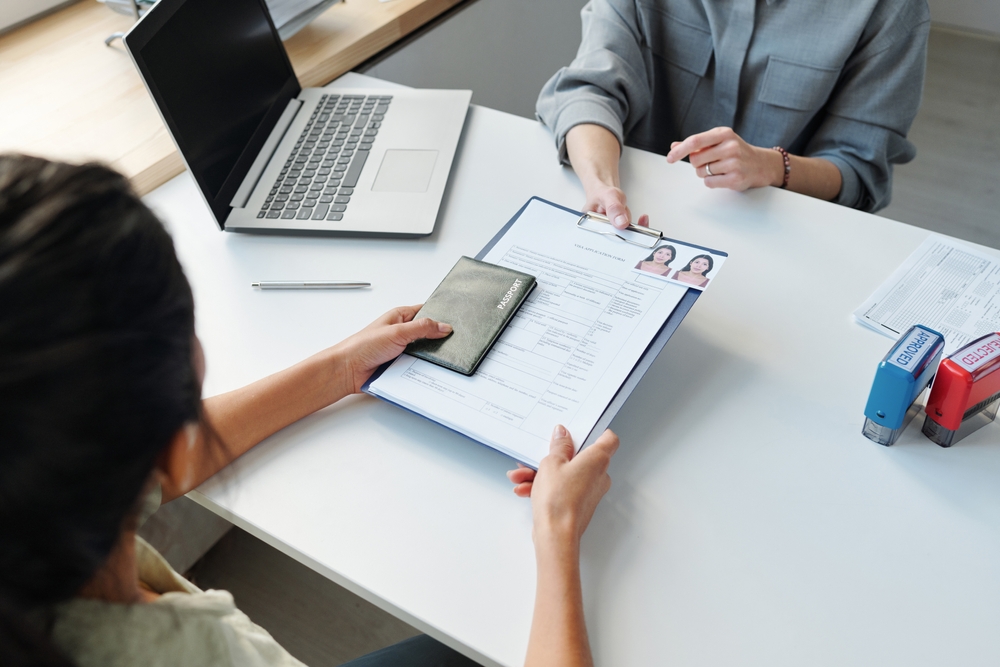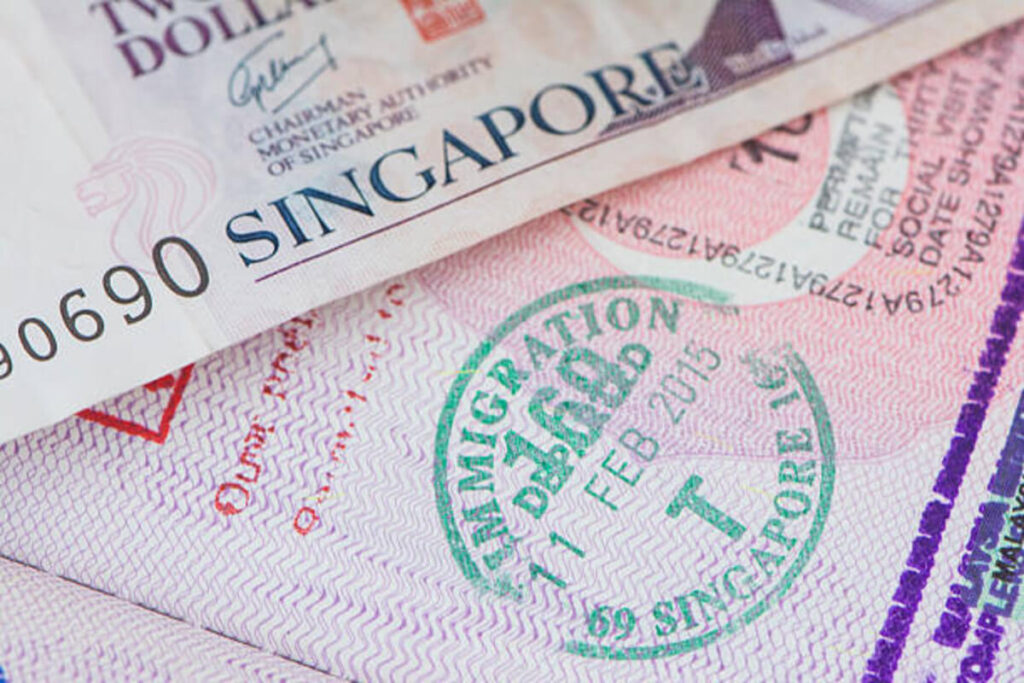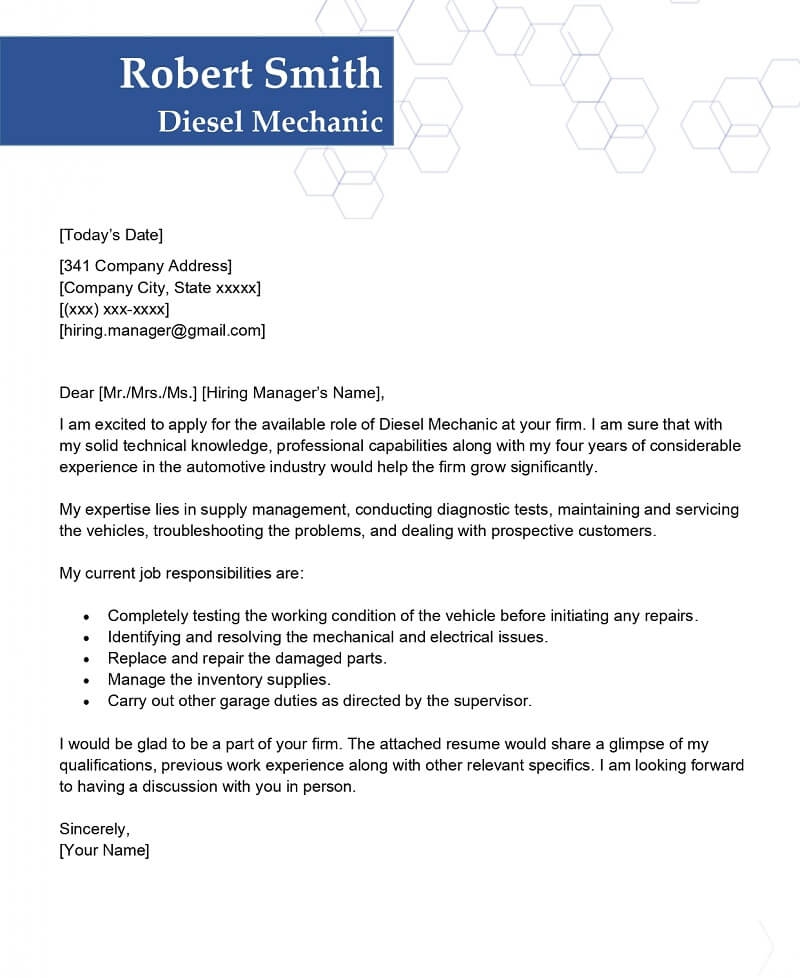United State of America Visa Process. Applying for a U.S. visa can feel overwhelming, especially with all the forms, steps, and requirements involved. But understanding the process clearly can save you time, money, and stress. Whether you’re planning to visit, study, work, or move permanently to the United States, knowing each step of the visa process is crucial.
Advertisement
This straightforward guide breaks down the U.S. visa application into simple, easy-to-follow steps so you can prepare with confidence. Let me walk you through everything you need to know, from choosing the right visa type to attending your interview and finally receiving your visa.
Overview of the U.S. Visa Process
The U.S. visa process is the official procedure that allows non-citizens to apply for permission to enter the United States. A visa is a document placed in your passport that shows you are eligible to travel to a U.S. port of entry. Whether you are going for tourism, education, work, or to live permanently, you must follow a specific process.
The type of visa you need depends on your purpose of travel. This guide provides a clear, simple, and up-to-date step-by-step path for anyone planning to apply for a U.S. visa for legal and safe entry into the country.

- A quick explanation of what a U.S. visa is.
- Who needs it and why?
- Difference between immigrant and non-immigrant visas (brief but clear).
- Mention that the guide covers general steps for most common visa types.
Read: Top 10 Fully Funded USA Job Scholarships That Pay for Your Education and Employment
Know the Right Visa Type
Choosing the correct visa type is the first and most important step. The United States offers different visas depending on your purpose of travel. For tourism or short visits, apply for a B1/B2 visa. Students should apply for an F1 visa. If you’re going for work, visas like H1B or L1 may apply.
Those immigrating to live permanently will need immigrant visas, such as family-sponsored or employer-sponsored types. Picking the wrong visa can lead to delays or denial, so always research carefully and match your visa type with your purpose for visiting the U.S.
- Explain major visa categories:
- Tourist (B1/B2)
- Student (F1)
- Work (H1B, L1)
- Immigration (family, employment)
- Include a simple table or list with purpose and examples.
- Emphasize the importance of choosing correctly.
Complete the Online Application (Form DS-160 or DS-260)
After choosing your visa type, the next step is to fill out the appropriate application form online. Most non-immigrant visa applicants complete the DS-160 form, while immigrant visa applicants use the DS-260. These forms are available on the U.S. State Department’s website. You’ll need to provide accurate personal, travel, and background information.
Be honest and double-check all entries before submitting. A recent passport-style photo must be uploaded as part of the process. Once submitted, you’ll receive a confirmation page with a barcode — print this out, as it’s required for your interview and other processing steps.
- Direct, step-by-step instructions:
- Go to the official website (link to travel.state.gov)
- Fill out DS-160 for non-immigrants or DS-260 for immigrant
- Upload a recent passport photo
- Tips to avoid common mistakes.
Pay the Visa Fee
Once your form is complete, you must pay the non-refundable visa application fee. The amount varies based on the visa type, but it usually ranges from $160 for tourist and student visas to higher fees for work or immigrant visas. Payment methods include online payment, bank deposits, or mobile money in some countries.
Always pay through the official U.S. visa website for your region. After payment, make sure you keep the receipt safe. You will need this as proof of payment when scheduling your interview and during your appointment at the embassy or consulate.
- Explain the visa fee structure and where to pay.
- Payment methods accepted.
- Importance of saving payment receipt.
Schedule Your Visa Interview
After paying your fee, the next step is to schedule your visa interview at the nearest U.S. embassy or consulate. Create an account on the official U.S. Visa Info website for your country. Select a convenient date and time, but keep in mind that slots may be limited depending on location and season.

During scheduling, you’ll need your DS-160 confirmation number, payment receipt number, and passport information. You may also need to select a delivery option for your passport after processing. Once confirmed, print out the appointment confirmation letter and prepare your supporting documents for the interview.
- How to create an account on the U.S. Visa Info site.
- How to book the appointment at the U.S. embassy/consulate.
- Required documents for interview scheduling.
Read: How Foreign Workers Are Getting USA Job Scholarships with No Connections And How You Can Too!
Prepare for the Interview
Proper preparation is key to a successful visa interview. Start by organizing all required documents. These include your valid passport, DS-160 confirmation page, visa fee receipt, appointment letter, and a passport-size photo. You must also bring documents that support your visa type such as admission letters for students, job offers for workers, or bank statements showing financial ability for tourists.
Practice answering basic questions about your travel purpose, duration, and ties to your home country. Dress neatly, arrive early, and stay calm. A well-prepared applicant makes a strong, confident impression on the consular officer.
List of required documents:
- Valid passport
- DS-160 confirmation page
- Payment receipt
- Photo
- Supporting documents (bank statements, job letter, invitation, etc.)
- Tips for interview day (dress, honesty, confidence).
- What officers look for during the interview.
Attend the Interview
On the day of your interview, arrive early at the U.S. embassy or consulate with all required documents. Security checks are mandatory, so avoid bringing prohibited items. During the interview, a consular officer will ask you questions about your travel plans, financial situation, and ties to your home country. Be honest, direct, and confident in your answers.
If documents are requested, present them clearly. The interview usually lasts only a few minutes, but your responses matter. If approved, your passport will be kept for visa stamping. If refused, you’ll be told why and what to do next.
- What to expect at the embassy or consulate.
- Possible questions.
- How to respond clearly and confidently.
Wait for Visa Decision
After your interview, you’ll need to wait for the consular officer’s decision. In many cases, you’ll receive a verbal answer on the spot. If approved, your visa will be processed and stamped in your passport within a few days or weeks. You can track your passport’s status online. If your visa is refused, the officer will explain the reason.
Some cases require additional administrative processing, which may take longer. Always check your email or the official website for updates. Patience is important, but if delays extend beyond normal times, contact the embassy for clarification.
- Timeline: How long it typically takes.
- Possible outcomes: Approval, Refusal (214(b)), or Administrative Processing.
- What to do if denied (reapply, appeal, etc.)
Receive Your Visa
If approved, your passport with the visa will be returned through the delivery option you selected when booking the interview. Check the visa carefully once received make sure your name, date of birth, visa type, and expiration date are all correct. If there are errors, contact the embassy immediately for corrections.
This visa allows you to travel to a U.S. port of entry, but it does not guarantee entry. You still must be cleared by immigration officers upon arrival. Keep your passport safe and start preparing for your trip with all the necessary documents and plans.
- How the passport and visa are returned.
- How to track your passport.
- What to check on your visa stamp.
Entering the U.S.
Upon arrival in the United States, you will go through U.S. Customs and Border Protection (CBP) at your first port of entry. Present your passport and visa to the immigration officer, who may ask questions about your purpose of travel, duration of stay, and plans. Be truthful and keep all supporting documents like hotel bookings, return tickets, or admission letters ready. The officer will determine if you can enter and how long you can stay. If admitted, they will stamp your passport and give you a stay duration. Always follow the rules attached to your visa.
- What happens at the port of entry.
- Role of Customs and Border Protection (CBP).
- Documents to carry when flying.
- Final advice: honesty, preparation, and following rules.
Common Mistakes to Avoid
Many visa applicants face problems due to avoidable mistakes. One major issue is providing false or inconsistent information on the application or during the interview. Another is applying for the wrong visa type, which leads to automatic denial.

Using fake documents or forged bank statements is illegal and results in long-term bans. Failure to prepare for the interview or forgetting important documents can also cause delays. Avoid wearing overly casual clothing or giving vague answers. Always be honest, organized, and confident. Avoid using unauthorized agents or paying bribes, as these can lead to visa denials and legal trouble.
- Giving false info
- Using fake documents
- Not preparing for the interview
- Booking the wrong visa type
Read: How AI Is Shaping the Job Market: The Most Sought-After Tech Roles in 2025
The U.S. visa process involves several clear steps, including choosing the right visa type, completing the online application, paying the required fee, scheduling and attending a visa interview, and waiting for a decision. Each step is essential to ensure a smooth and successful application.
Understanding the process helps applicants avoid common mistakes, prepare the right documents, and increase their chances of approval. Whether for travel, study, work, or immigration, this step-by-step guide simplifies the journey and helps you navigate the U.S. visa system with confidence.


